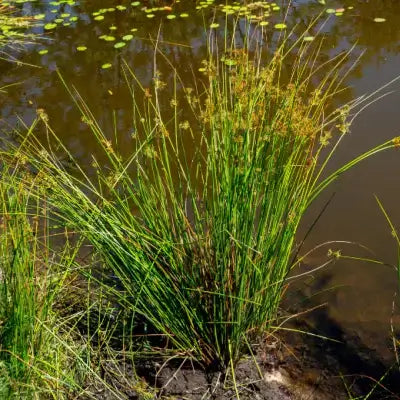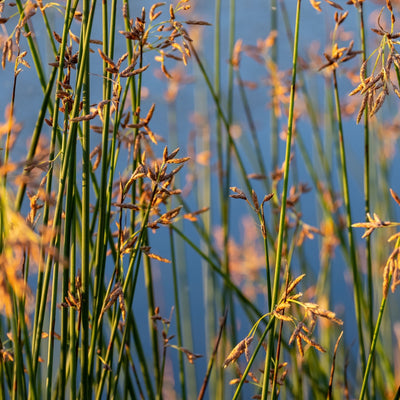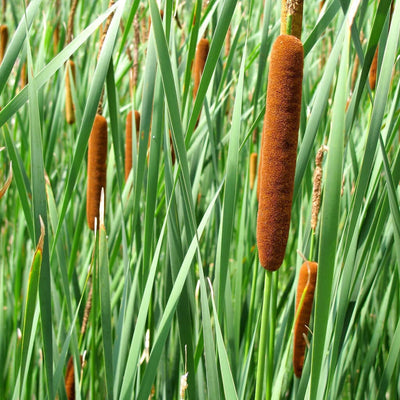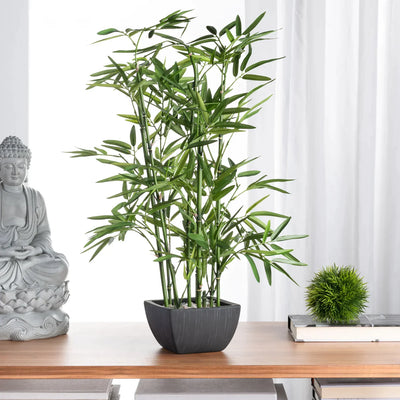A soft rush is a type of grass with a medium to soft texture. It can be used for lawns and gardens and does not require much maintenance. This grass type is called Soft Rush Grass or Soft Rush Rushes.
How Do You Take Care Of Soft Rush Grass?
Soft rush needs to be watered every day during the summer months when temperatures are high, but it can go without water for long periods during the winter months when temperatures drop below freezing.
How Much Sunlight Can Soft Rush Grass Take
Soft rush will grow well in full sun or partial shade, but it prefers full sun for its healthiest growth rate. If you come from an area with little sunshine available throughout the year, consider planting other types of ornamental grasses instead of Soft rush because they will thrive better under these conditions.
Does Soft Rush Grass Back Up Every Year?
Soft Rush Grass will back up yearly if planted in the ground or container. When planting Soft Rush Grass, ensure you have plenty of space for the plant to spread out as it grows more significant over time.
What Does Soft Rush Grass Look Like?
Soft Rush Grass has a deep green color with small flower heads that stick up above the blades of grass when they bloom in late summer or early fall. If you want more color in your yard, consider planting some flowers along with your Soft rush to create a beautiful combination of colors that will attract butterflies and hummingbirds.
Where Does Soft Rush Grass Grow?
The plant is native to Asia and Europe but can also be found in California, Arizona, and Texas in North America.
What Are The Environments In Which Soft Rush Grass
Grows?
Soft rush thrives in moist soil or standing water. You can grow soft rush on any soil as long as it drains well, but avoid planting it in areas where the soil is too dry or sandy because it won't grow well in these conditions.
Is Soft Rush Grass Toxic?
Soft rush grass is not toxic to humans or animals when eaten, but it may cause skin irritation if touched directly by bare skin. If you have sensitive skin or allergies, avoid handling soft rush grass.
How to Grow Soft Rush Grass
Plant soft rush in spring after all danger of frost has passed. Prepare the planting area by removing any weeds and debris from the site, making digging holes for each plant easier.
How Do You Care For Soft Rush Grass?
Soft rush grass does not require much care, but it does need regular watering during the first year after planting to help establish its roots. Once established, it can tolerate drought conditions once established. If you experience prolonged periods of drought, consider adding some mulch around the base of your soft rush so that it doesn't dry out entirely during these times.
How Did Soft Rush Grass Get its Name?
Soft rush grass is a plant in the Juncaceae family. The name of the genus comes from an old German word related to the word rush.




